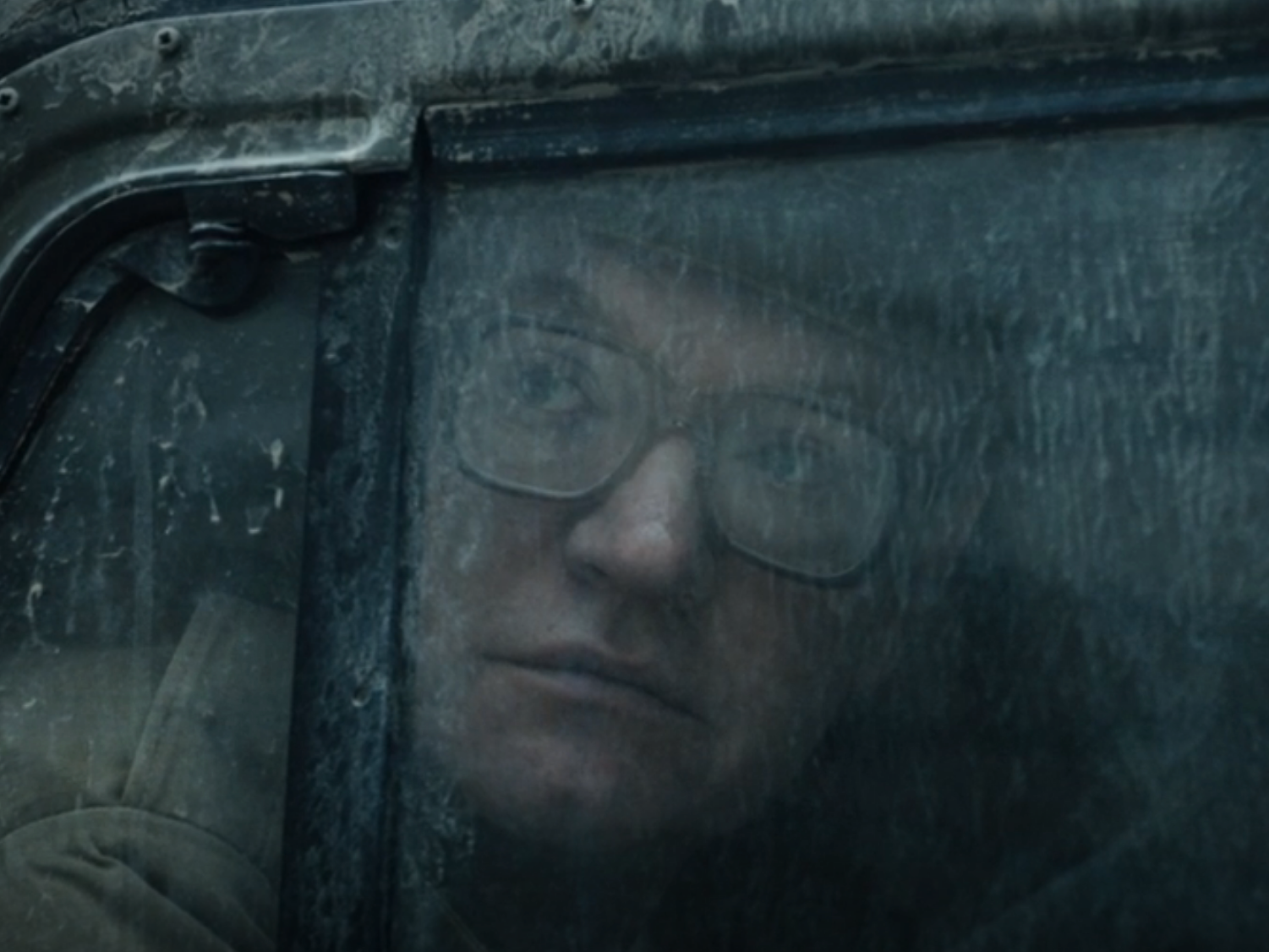Art Cinema / National Cinema
by Devin Baron
In “The Art Cinema as a Mode of Film Practice,” David Bordwell states, “the art cinema as a distinct mode appears after World War II when the dominance of the Hollywood cinema was beginning to wane.” He goes on to indicate, “whereas stylistic devices and thematic motifs may differ from director to director, the overall functions of style and theme remain remarkably constant in the art cinema as a whole.” (Bordwell, 716-717) The three terms used to analyze the overall functions of art cinema are realism, authorship, and ambiguity. Art cinema films focused on realism by portraying psychologically complex characters that “lack defined desires or goals.” (Bordwell, 718) Authorship identifies the filmmakers through an emphasis on film style. The stylistic signatures of the filmmaker become the subject when considering authorship. These signatures often include his technical touches and obsessive motifs. Cause-effect linkages became looser and more tenuous in art cinema. Any breakdown in cause-effect logic, such as an unusual angle, a stressed bit of cutting, a prohibited camera movement, or unrealistic lighting, can be read as “authorial commentary.” (Bordwell, 720) Ambiguity uses style, narrative, and character to invite audience interpretation, often asking questions in the film that don’t get answered. The ambiguity of art cinema causes films to be unorderly, aware that the life it imitates is not neat.
Andrew Higson defines several ways to describe national cinema in “The Concept of National Cinema,” including an economic-based approach, a text-based approach, a consumption-based approach, and a criticism-based approach. Our course is focused primarily on the text-based approach to national cinema. Our three terms for analyzing national cinema texts are content, worldview, and style. When analyzing the content of a work of national cinema, we are examining the specific cultural content that the film engages with, including national storytelling traditions and genres. Higson phrased the study of content as, “the degree to which they draw on what has been constructed as the national heritage, literary, theatrical, or otherwise.” (Higson, 43) When analyzing worldview, we examine what the film is saying about the nation at a point in time and what the filmmaker’s perspective seems to be. When analyzing style, we study how events are depicted and search for nationally or culturally specific stylistic elements at play within the film.
The World of Apu (Satyajit Ray 1959) is a work of art cinema. The film explores the realism of art cinema, following a psychologically complex character in Apu. Apu always seems self-conflicted, chasing a balance between fulfilling his responsibilities and feeling free to live his life on his terms. We see Satyajit Ray’s authorship in the railroad track scene (01:14:49-01:15:29). The camera pushes past our main character to show a blank, bleak-looking sky. This camera move disorients the audience, deviating from a standard approach to this scene and suggesting authorial commentary. Ambiguity is also at play in this film. After Apu’s landlord tells Apu that he has 24 hours to pay his rent (00:06:00-00:08:15), the film never circles back. We never see Apu come up with the money or speak to the landlord again. The audience often has questions the film does not bother to answer.
The World of Apu is also a work of national cinema. The film’s content includes much of India’s national heritage, including the makeup and clothing that the characters wear. The worldview Ray expresses is one of hope in life and happiness. Though Apu faces turmoil and despair, he always finds his way back to being happy and continuing to live his life. Though the Indian people faced hardship under British rule, Ray’s perspective is that they were still responsible for living their lives and choosing happiness despite the situation. The style of the film is the depiction of life in 1920s India. There is poverty even for educated individuals like Apu. The poverty is portrayed in Apu’s job search when he gets rejected for having a more advanced degree than necessary and is then offered a labeling job that is far below his pay grade.
Bibliography:
Bordwell, David, “The Art Cinema as a Mode of Film Practice,” Film Theory and Criticism. 6th Edition. Leo Braudy and Marshall Cohen, Eds. New York: Oxford Univ. Press, 2004, pp. 716-724.
Higson, Andrew, “The Concept of National Cinema,” Screen 30(4), 1989, pp. 36-46.
Ray, Satyajit, director. The World of Apu. 1959.








